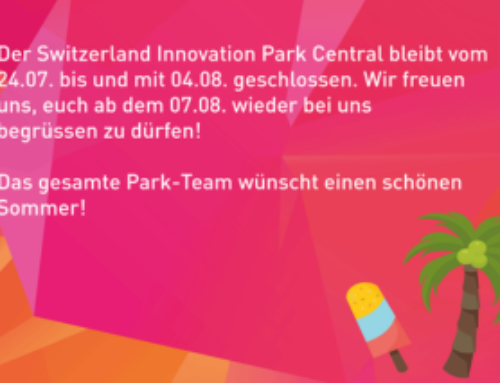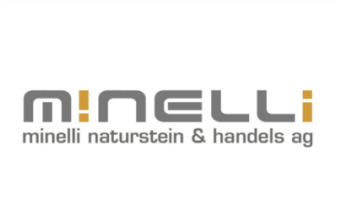
BIM2Field becomes reality
The project was about seamlessly transferring a continuous BIM2Field workflow from the 3D model planning data based on the BUILDing360 component catalogs to the construction site. For this purpose, an end-to-end process was implemented at the Innovation Park Rotkreuz in cooperation with Burkhalter Group and Leica, with convincing results and important insights.
Initial situation
In the new building of the Innovation Park Central Switzerland in Rotkreuz, a BIM2Field workflow for the electrical installation was tested together with Burkhalter Group, in which planning data based on the BUILDing360 component catalogs were seamlessly transferred to the construction site. By connecting the BIM model with the Leica-iCON robotic total station, survey points are used directly for laser-based stakeout on the construction site.
Procedure & Solution
By connecting the BIM model of the innovation park with the Leica iCON robotic total station, defined survey points of the digital components were to be used directly for the laser-assisted stakeout of the electrical contractor on the construction site - this in contrast to laser stakeouts from 2D plan bases. The bidirectional data transfer between the BIM model and the stakeout device was carried out via Autodesk's BIM360 platform. An important basis for the procedure is that the digital electrical components are already equipped with marking points from the Revit model. What is currently a reality within the BUIL Ding360 component catalog for the Revit electrical component families is also available for the first HVAC components.
Learnings & Results
Different Autodesk technologies and platforms are used for the native implementation of the workflow from the digital model to the marking point on the construction site, so that the digital value chain from the BIM model to the end device can be used as consistently as possible. The application on the concrete object and the results achieved were convincing due to their accuracy. One finding was that the digital model is much more accurate than the built reality. Taking into account the built reality with its tolerances is part of good and reasonable planning.
Different Autodesk technologies and platforms are used for the native implementation of the workflow from the digital model to the marking point on the construction site, so that the digital value chain from the BIM model to the end device can be used as consistently as possible. The application on the concrete object and the results achieved were convincing due to their accuracy. One finding was that the digital model is much more accurate than the built reality. Taking into account the built reality with its tolerances is part of good and reasonable planning.
Project management
- Matthias Liechti, Head of Competence BIM, HHM 4U
- Daniel Wollenmann, BIM Specialist, HHM 4U





